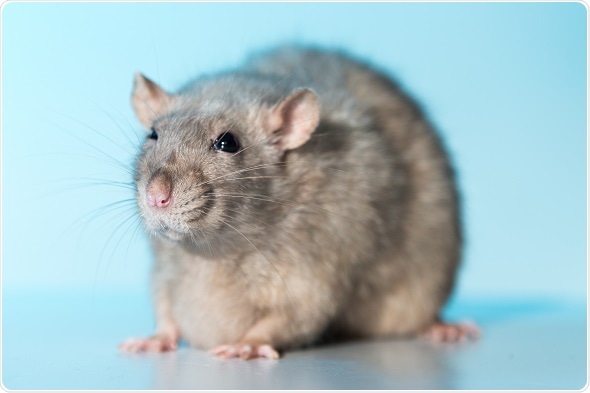Micro-MRI in Cancer Research

Magnetic resonance imaging (MRI) generates images based on the nuclear magnetic behavior of atoms in a sample in a magnetic field. It is a non-invasive imaging tool that offers 3D tissue images without using radiation. It can be used to acquire high-resolution cellular and molecular images of small animals used in life science or biomedical research.

©JLRphotography / Shutterstock.com
Micro-MRI is used in various applications including functional, anatomical, and molecular imaging of small animals. It can help distinguish between white and grey matter in the brain and is hence useful in brain tumor diagnosis.
Cancer drug discovery
Micro-MRI is a versatile imaging modality used in preclinical drug discovery for cancer. It is used in studies that focus on tumor physiology and volume in small animals. Micro-MRI provides images with excellent soft tissue contrast and spatial resolution of nearly 50 μm3. It has the ability to combine functional and anatomical information, which offers valuable insights into tumor formation and progression. Recently, the use of high-strength magnetic fields and contrast agents that enhance visualization have improved the sensitivity of micro-MRI imaging methods. However, relatively low sensitivity and long image acquisition times limit the use of micro-MRI in preclinical drug development efforts.
Suicide gene therapy
This form of therapy involves the insertion of a gene (viral or bacterial) into a tumor cell, which results in the formation of a compound deemed lethal for the cell. Micro-MRI has been successfully applied to study the effectiveness of suicide gene therapy in delaying the growth of tumor in mice with orthotopic glioma. Researchers have also used this technique in mice with prostate cancer to establish infiltration of injected gene therapies. Micro-MRI has also been used in drug delivery and efficacy monitoring.
Hyperpolarized probes
The use of hyperpolarized MRI probes has revolutionized preclinical molecular imaging in small animals. These probes are attached to biomolecules and can be visualized in tumors and organs such as the brain, kidney, liver, and heart. This procedure is used to acquire metabolic and functional information. For instance, hyperpolarized [1-13C]pyruvate has been used to quantify anaerobic glycolysis related to brain gliomas.
Dynamic contrast-enhanced (DCE) – MRI
DCE-MRI is used to study the anatomy and function of the microvasculature of a tumor and provides dynamic information including blood flow. It is highly useful in studying tumor angiogenesis, and can even assist in the investigation of vascular-disrupting and anti-angiogenic therapeutics. Recently, DCE-MRI was used to establish that co-treatment with a TGFβ-receptor-1 inhibitor and a folate-linked liposomal doxorubicin improves the efficacy of doxorubicin.
Micro-MRI in preclinical therapy development
Micro-MRI is widely applied in the preclinical development of new cytotoxic or target-specific therapies for many types of cancers. It also helps in tracking tumor response in the same animal, thereby helping reduce the number of animals used for a study. However, MRI can be an expensive option for small labs conducting preclinical studies as the equipment cost is very high.
References
- http://www.birc.ca/small-animal-micro-imaging-research
- https://www.ncbi.nlm.nih.gov/pmc/articles/PMC3687654/
Further Reading
- All Micro-MRI Content
- Micro-MRI Principles, Strengths, and Weaknesses
- Combined SPECT-MR Principles, Strengths, and Weaknesses
- Combined PET-MR Principles, Strengths, and Weaknesses
Last Updated: Feb 26, 2019

Written by
Susha Cheriyedath
Susha has a Bachelor of Science (B.Sc.) degree in Chemistry and Master of Science (M.Sc) degree in Biochemistry from the University of Calicut, India. She always had a keen interest in medical and health science. As part of her masters degree, she specialized in Biochemistry, with an emphasis on Microbiology, Physiology, Biotechnology, and Nutrition. In her spare time, she loves to cook up a storm in the kitchen with her super-messy baking experiments.
Source: Read Full Article